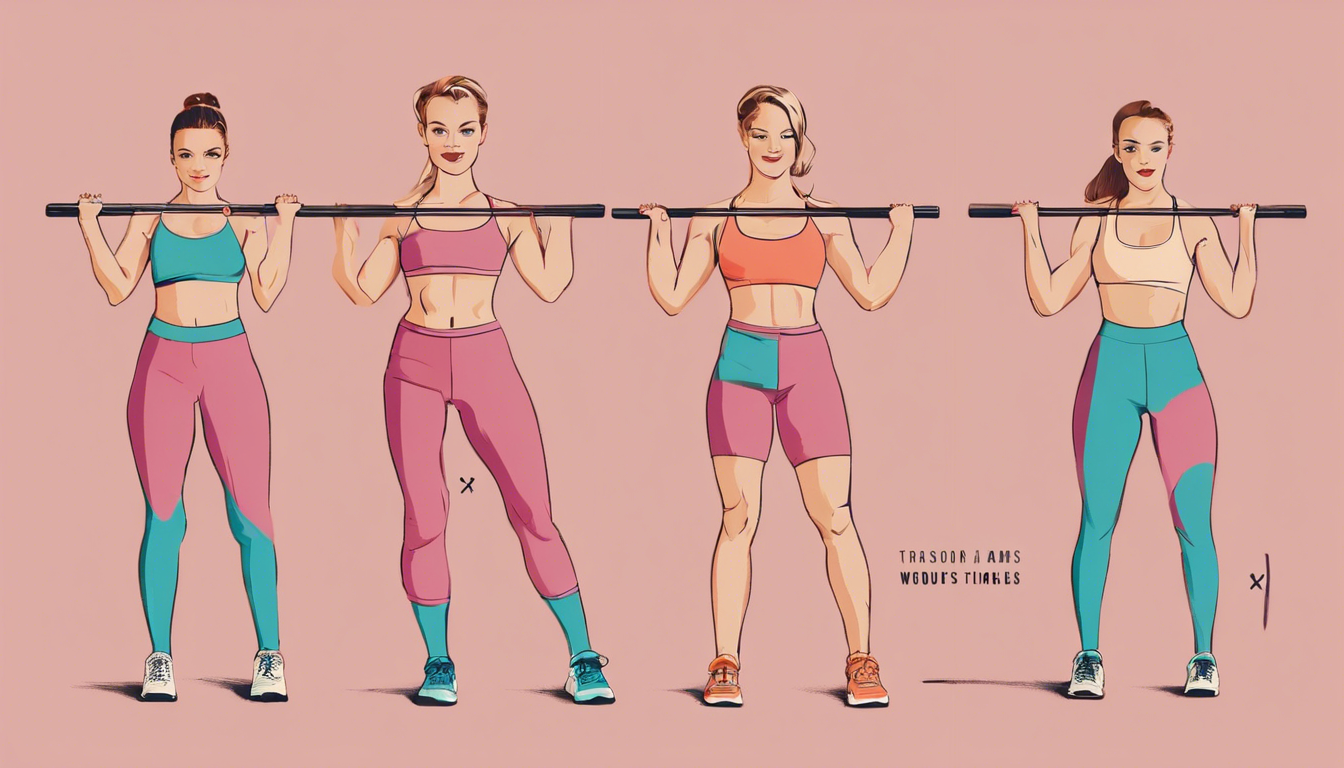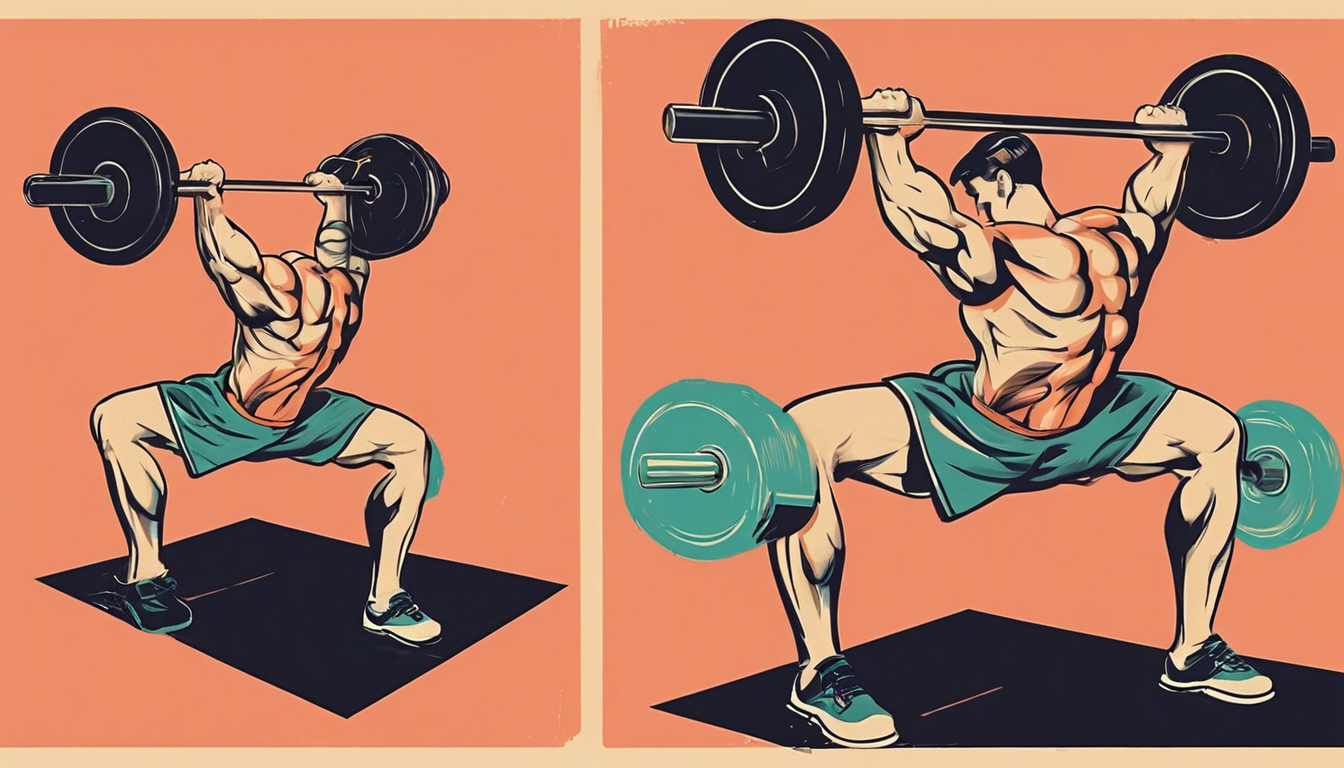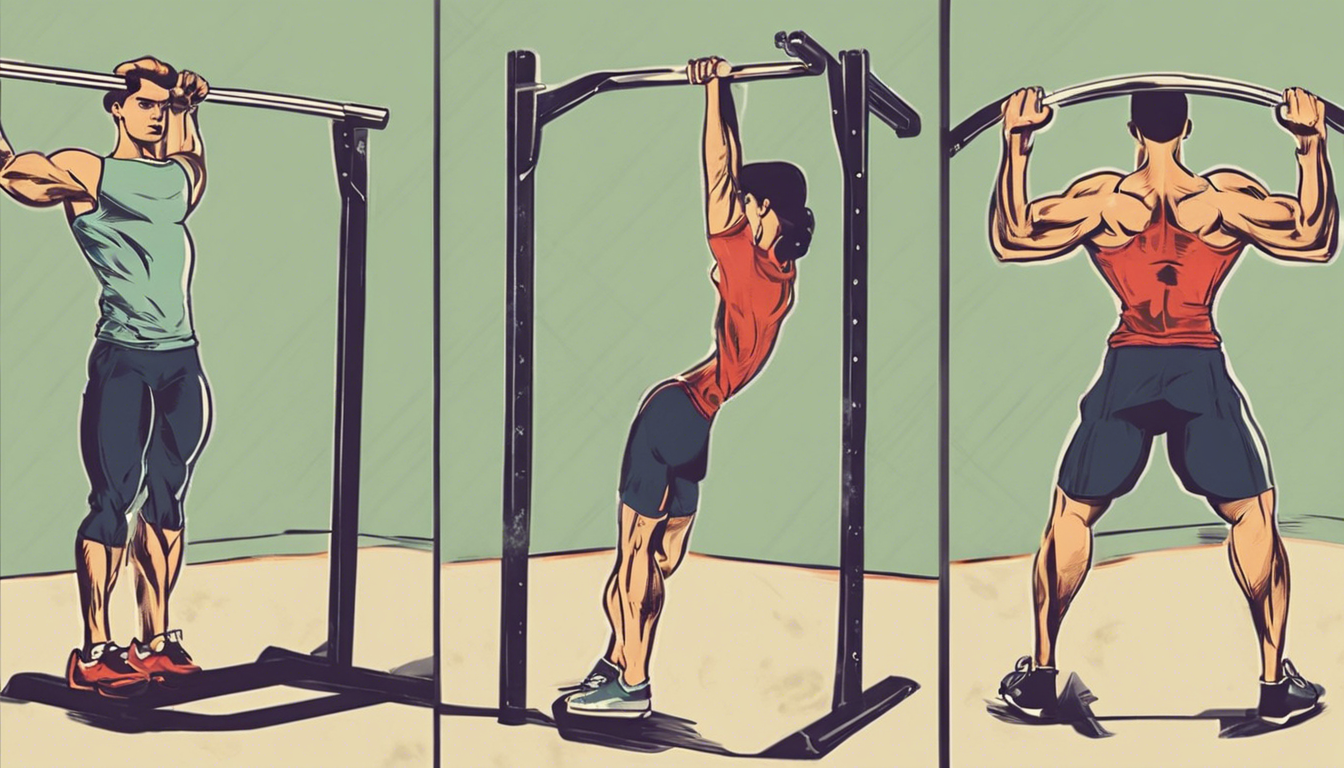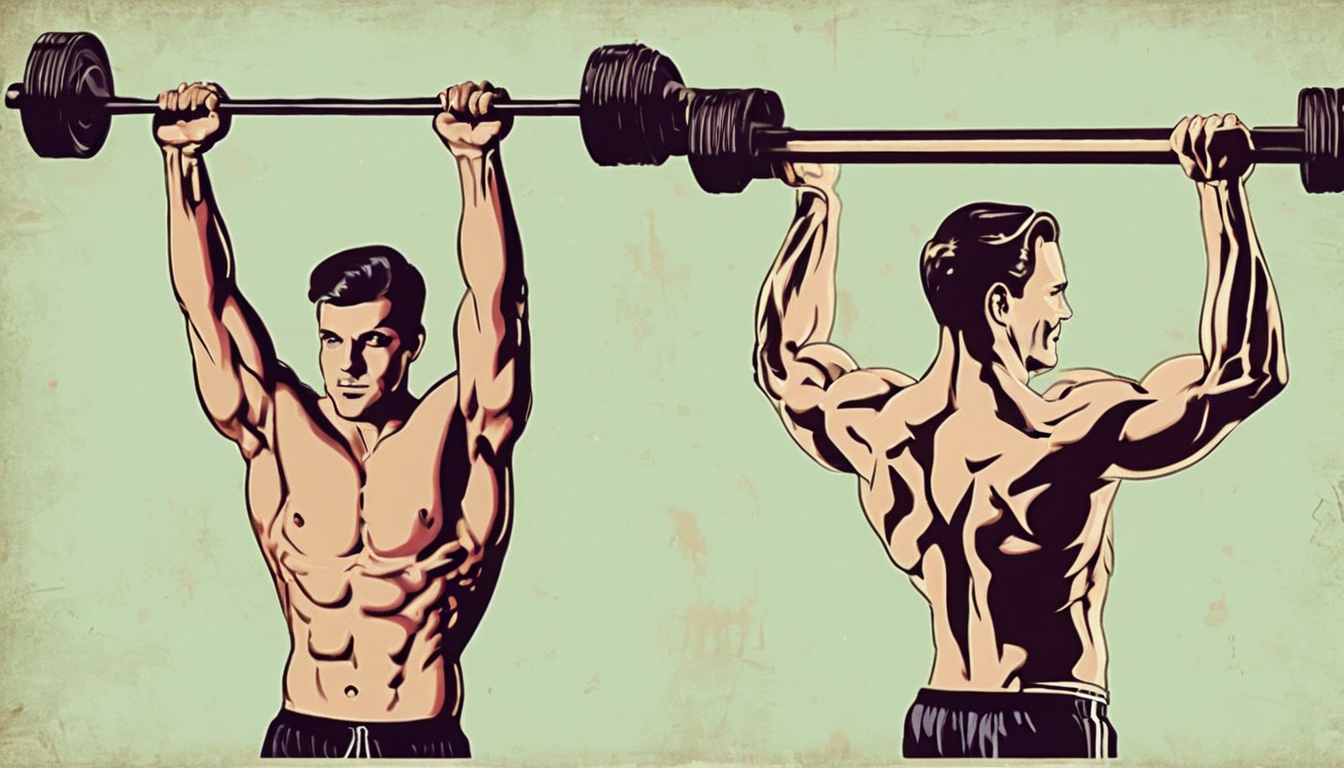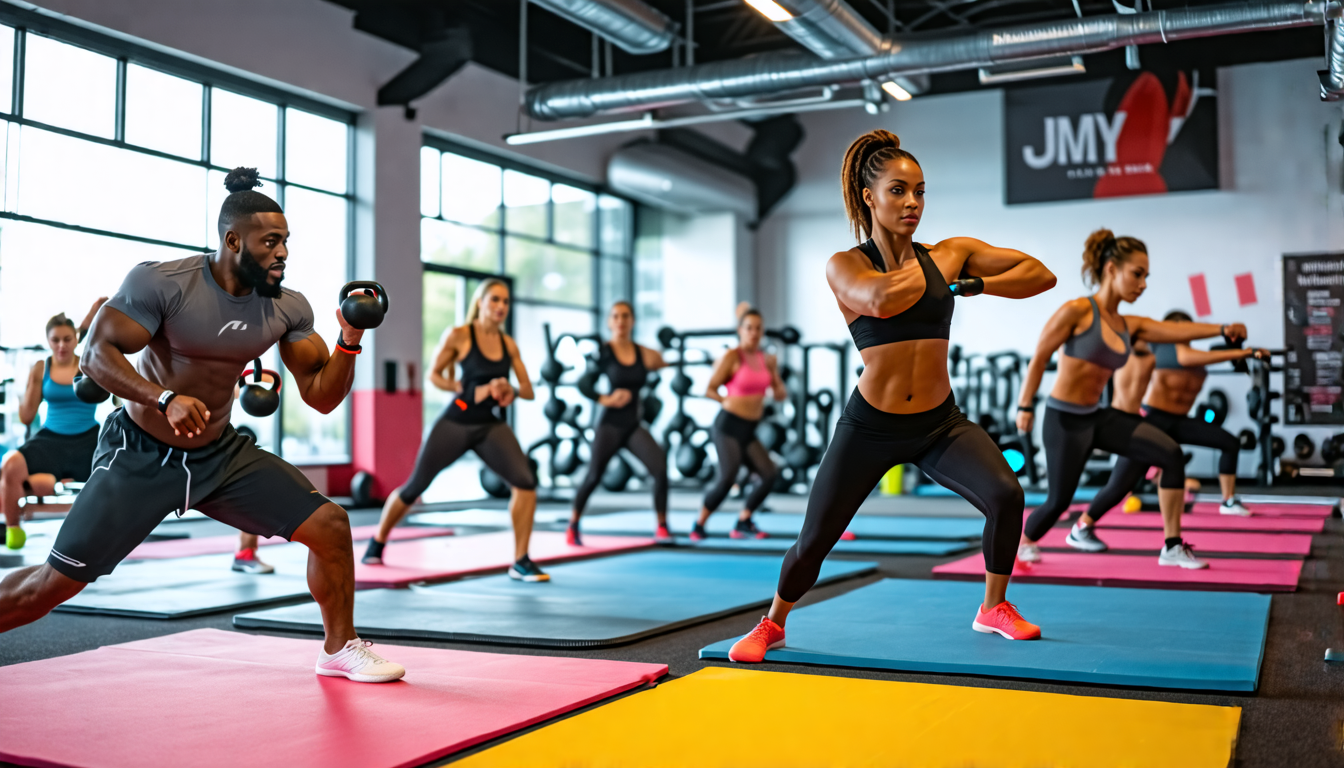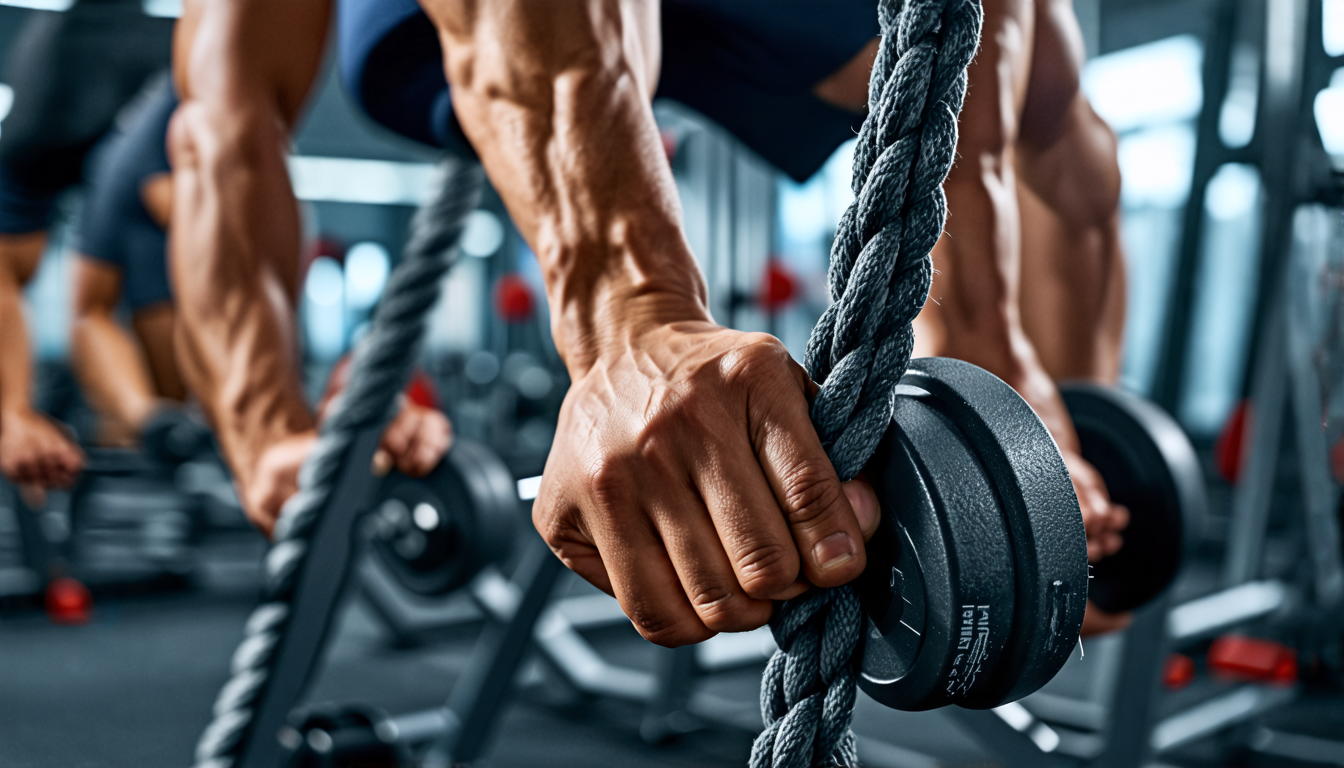
The Unseen Lever: Why Your Grip Holds the Key to True Strength
Imagine hoisting a heavy kettlebell with unshakeable confidence, feeling the handle lock into your palm as if fused there. Visualize pulling a personal record deadlift, your focus entirely on your powerful posterior chain, never once worrying that your hands will betray you. Or picture the simple, daily victory of opening a stubborn jar with effortless, crushing ease. This latent power isn’t just hidden in your biceps or back—it’s concentrated in the complex machinery of your hands and forearms. Your grip is the critical, non-negotiable link between your neurological intent and physical expression; it is the master switch for total power.
Neglecting this foundation is like building a sports car with bicycle tires. Mastery begins here. Dedicated, intelligent grip strength workouts are the master key that unlocks superior performance across all lifts, fortifies you against injury, and builds a foundation of raw, functional power that translates far beyond the gym walls.
Forging Your Arsenal: The Hardware of Grip Dominance
Your toolkit dictates your potential. Before you can crush, you must choose your weapons wisely. This isn’t about collecting gadgets, but about selecting the right tools to systematically attack every facet of grip strength.
Selection and Sizing: Choosing Your Weapons
Grip strength breaks down into three primary modalities, each requiring specific tools:
- Crush Grip Tools: For closing the hand against resistance. Fat Gripz or thick-handled dumbbells turn any bar into a grip challenge. Adjustable grippers are great for beginners, while calibrated, rated grippers (like Captains of Crush) provide clear milestones for the dedicated.
- Pinch Grip Tools: For thumb strength and finger coordination. Start with two smooth weight plates pinched together. Progress to dedicated pinch blocks or the ultimate test: lifting a plate by its hub.
- Support Grip Tools: For endurance and holding power. A simple pull-up bar is foundational. Vary the diameter or wrap a towel around it to increase difficulty. For carries, a pair of fatbars or even heavy dumbbells will suffice.
- Wrist Tools: For forearm stability and health. A wrist roller is a classic burner. A sledgehammer for lever work builds formidable wrist and elbow integrity.
Location and Setup: Your Grip Training Corner
You don’t need a full gym. You need a dedicated corner. Identify a sturdy doorframe or ceiling joist for hangs and roller work. A simple 5-gallon bucket filled with rice becomes a rehab and prehab station. Store your grippers and pinch blocks on a shelf; this isn’t equipment to hide, but to display as a reminder of your commitment.
Material and Components: The Toolbox Breakdown
| Component Category | Primary Options | Key Characteristics |
|---|---|---|
| Crush Grip | Adjustable Grippers, Rated Grippers, Fat Gripz | Adjustable grippers offer variable resistance for beginners. Rated grippers provide objective, progressive goals. Fat Gripz are highly versatile, instantly increasing the diameter of any bar or handle to emphasize crush and support strength. |
| Pinch Grip | Weight Plates, Pinch Blocks, Hub | Plates are the most accessible starting point. Pinch blocks allow precise width adjustment and easy loading. The hub is an advanced, pure-test of thumb and finger-tip strength, requiring significant dedicated training. |
| Support & Wrist | Towel, Rope, Wrist Roller, Sledgehammer | A towel draped over a pull-up bar is a brutal, inexpensive support grip tool. Rope climbs demand immense grip endurance. The wrist roller is unmatched for forearm pump and conditioning. A sledgehammer (lever work) builds stabilizer strength critical for injury prevention. |
The Triad of Power: Mastering the Three Pillars of Grip
Grip is not a singular strength but a dynamic system of three distinct, interconnected pillars. True dominance requires you to manage and develop each in concert, understanding their unique roles and consequences.
Crush Grip: The Power of the Fist
The Target: Progressively closing tougher grippers or compressing thick handles.
Consequences of Neglect: A weak handshake, inability to secure bars in pulling motions (leading to early failure), and lack of terminal strength in the fingers.
Control Methods: Follow a gripper protocol: 3 sets of 5-10 forceful closes near your max. Implement towel pull-ups or use Fat Gripz for all your pulling exercises to build crushing endurance.
Support Grip: The Art of Unyielding Endurance
The Target: Extending hold times on bars and increasing load in carries.
Consequences of Neglect: This is the most common limiter. It caps your deadlift, rows, and pull-ups, forcing you to stop not because your back is tired, but because your hands have failed.
Control Methods: Practice timed dead hangs from a bar, aiming to add seconds each week. Implement farmer’s walks as a staple, focusing on distance before adding weight. Use a rolling handle for the ultimate support grip test.
Pinch Grip: The Thumb’s Command
The Target: Holding smooth, wide objects between the fingers and thumb.
Consequences of Neglect: Poor stability in lifts like the bench press or overhead press (weak wrist alignment), and weak functional handling of everyday objects like furniture or thick tools.
Control Methods: Start with two-hand plate pinches (two 10lb plates smooth-side out). Progress to one-hand pinches with a dedicated block. For the advanced, the plate hub lift is the pinnacle skill.
From Practice to Dominance: Programming Your Grip Conquest
With tools and understanding in hand, the art and science begin. This is where intelligent programming transforms effort into undeniable results.
Preparation: The Integration Strategy
You have two paths: Integration and Isolation. For most, a hybrid approach is best. Integrate by using Fat Gripz on your pulling days for rows and pull-downs. Isolate by dedicating 10-15 minutes at the end of 2-3 workouts per week to direct grip work. This ensures focused progression without overwhelming recovery.
Ongoing Inputs: The Progressive Overload Blueprint
Grip muscles adapt like any other. Your blueprint for progression must be deliberate:
- For Crush: Close a tougher gripper for a single, then for reps.
- For Support: Add 5 seconds to your dead hang. Add 10lbs to your farmer’s walk.
- For Pinch: Add 2.5lbs to your pinch block. Use a wider block.
The principle is constant: systematically increase the demand.
Selection and Strategy: The Weekly Battle Plan
A sample split for dedicated grip sessions (done post-workout):
Day 1 (Crush/Support Focus): Rated Gripper Work (3×5), Fat Bar Dead Hangs (3x max time), Wrist Curls (3×15).
Day 2 (Pinch/Integrity Focus): Two-Hand Plate Pinch (3×30 sec), Sledgehammer Levers (3×8 each direction), Rice Bucket Digs for recovery.
Always prioritize quality over quantity. Forearm and hand connective tissue need 48-72 hours to recover between targeted sessions.
Guardians of the Grip: Ensuring Longevity and Resilience
The hands and forearms are dense with tendons and ligaments. A proactive stance is not optional—it’s essential for sustained progress.
Prevention: The Rules of Iron-Clad Longevity
Your first defense is ritual. Begin every grip session with 5 minutes of rice bucket work (digging, opening and closing your hands in the rice) and dynamic stretches like finger extensions and wrist circles. Learn to listen acutely: a sharp pain in the tendon or finger pulley is a command to STOP, distinct from the deep burn of muscular fatigue. Never neglect the extensors; train them with rubber band finger extensions to maintain muscular balance.
Intervention: Navigating Common Setbacks
If you encounter pain, employ a tiered response:
- Immediate Rest & Assessment: Stop the aggravating movement for 3-5 days.
- Active Recovery: Use contrast therapy (30 sec ice water, 90 sec warm water) and very light rice bucket work to promote blood flow.
- Targeted Rehab: For elbow tendonitis (golfer’s/tennis elbow), use eccentric wrist curls. For finger pulley strains, gentle, pain-free squeezing of therapy putty is key.
Escalate only if pain persists beyond a week of careful management.
Your Roadmap to Iron Hands: A Practical 4-Week Cycle
| Week/Phase | Primary Tasks | What to Focus On |
|---|---|---|
| Week 1: Foundation | 2 Grip Sessions. Timed Dead Hangs (3 sets). Plate Pinches (2x30s). Gripper Holds (10s squeezes). | Technique and mind-muscle connection. Learning the “feel” of each pillar without maximal strain. |
| Week 2: Intensity | 2-3 Grip Sessions. Add weight to pinches. Aim for more gripper reps. Introduce light Farmer’s Walks. | Introducing progressive overload. Adding weight or time in a controlled manner. |
| Week 3: Integration | 3 Grip Sessions. Use Fat Gripz for one pulling workout. Max effort gripper attempt. Heavy Pinch Holds. | Applying grip strength under fatigue. Testing limits in a structured setting. |
| Week 4: Deload & Assess | 1-2 Light Sessions. Rice bucket work only. Very light, high-rep wrist work. No max efforts. | Recovery and consolidation. Assess progress from Week 1. Plan the next cycle with new targets. |
The Transformation, Solidified in Your Grip
The principle is now clear: your grip is the foundational link that elevates every other physical endeavor. It is the silent partner in every deadlift, the steadfast anchor in every climb, the unyielding force in every carry. You have moved from simply selecting tools to understanding the three-pillar system, and from there to mastering the programming that forges continuous gains.
The result is a transformation you can feel every day: the profound satisfaction of a vice-like handshake that communicates confidence without a word, the unwavering certainty under a loaded barbell, and the unparalleled, functional power that makes the physical world feel lighter, more manageable, and yours to command. This is the true reward of the mastered grip—a strength that doesn’t just reside in your hands, but enriches your entire physical life.
